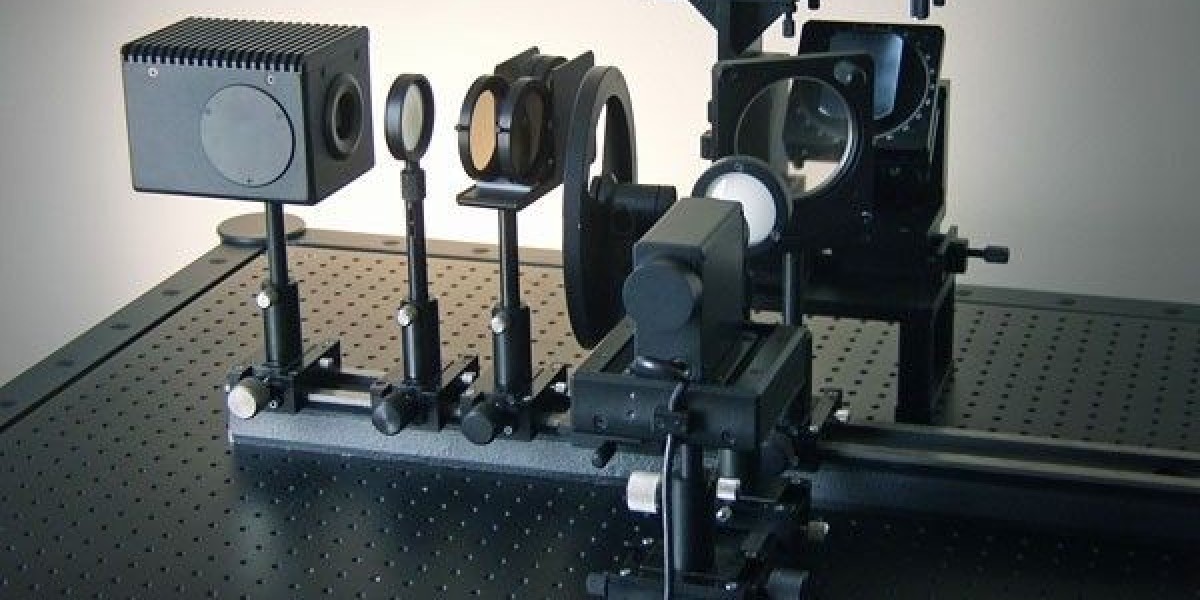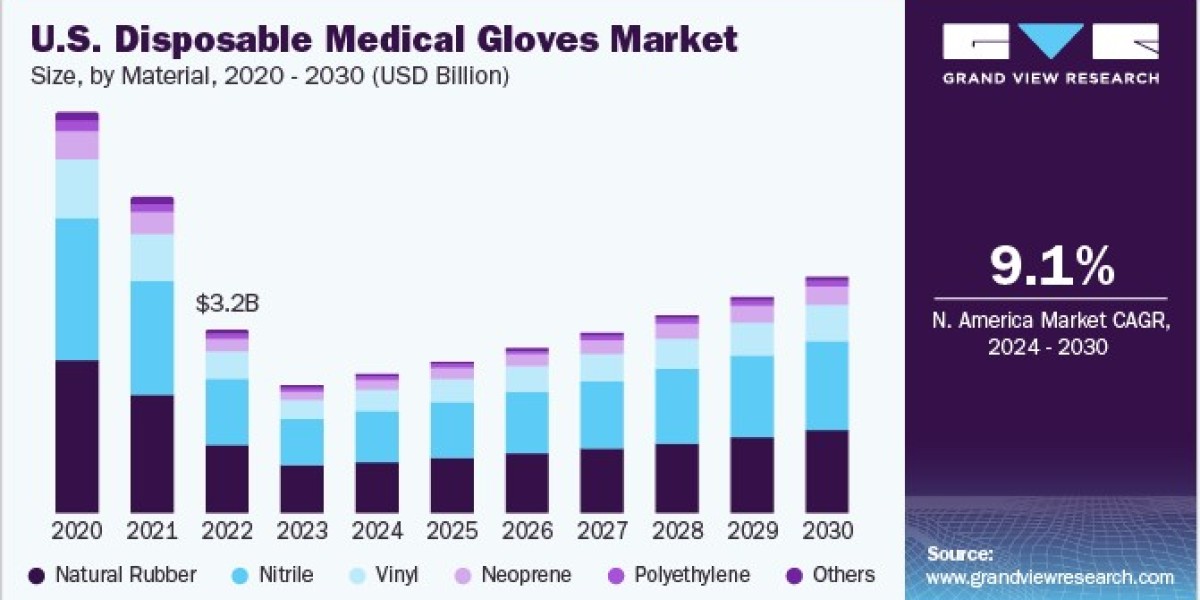Terahertz Imaging for Non-Destructive Testing
Terahertz (THz) radiation occupies the frequency range between microwave and infrared light in the electromagnetic spectrum. One property of THz radiation is its ability to penetrate many non-conducting materials such as clothing, paper, cardboard, wood, masonry, plastics, and ceramics. This makes THz suitable for applications in security scanning and non-destructive testing (NDT). In NDT, THz imaging allows inspection of internal structures and defects without harming the sample.
Thz radiation can reveal flaws, breaks, voids and delamination in composites and layered structures. THz has been used to detect defects in ceramic tiles, detect debonding and cracks in aircraft composites, inspect multilayer electronic packaging and detect contaminants hidden underneath layers. As THz penetrates materials, embedded defects and distortions can be easily spotted. Unlike X-rays, THz poses no health hazards and samples remain intact after imaging. This non-contact, non-invasive approach makes THz perfect for in-line quality control in manufacturing.
Thz imaging also aids archaeology and art conservation. Terahertz Technologies radiation can identify underlying drawings in paintings non-invasively and locate hidden writing under erased manuscript pages. THz allows examination of fragile artifacts without damage. Complex 3D THz imaging enables digital preservation of cultural heritage. Overall, non-destructive THz inspection has wide applications across industries ranging from aerospace to electronics to art preservation.
Terahertz Spectroscopy for Chemical Identification
THz spectroscopy utilizes the interaction between molecules and THz electromagnetic waves to identify materials based on their molecular structure. Every molecule has a unique molecular "fingerprint" in the THz region of the electromagnetic spectrum due to rotational and vibrational modes. By analyzing THz absorption signatures, the chemical composition and identities of unknown samples can be determined.
Terahertz Technologies requires no or little sample preparation and works for solid, liquid and gas samples. It does not damage heat- or oxidation-sensitive substances. THz identification has been applied to detect hazardous chemicals, explosives, biological agents and illicit drugs concealed in clothing, mail or packaging. THz spectroscopy is also used for quality control in pharmaceutical industries to check for counterfeit pills and ensure consistency in drug formulations without contact or destruction.
On the molecular level, THz analysis aids vital biomolecular research. THz absorption spectra have revealed conformational changes in peptides and nucleotides, protein-ligand interactions and folding motions important for drug design. Overall, THz spectroscopy provides a non-invasive, reagent-free approach for label-free identification of unknown chemicals, important for security screening, drugs development and biomedical applications.
Terahertz for High-Speed Communications
Rising global data traffic is driving demand for higher bandwidth communication networks. THz frequencies between 100 GHz and 10 THz offer wide unused bandwidth to support multiterabit per second transmissions. However, THz communication involves overcoming challenges due to strong atmospheric absorption and diffusion by atmospheric particles and humidity at these frequencies.
Significant research is being conducted to develop efficient THz emitters, modulators, detectors and channel models. Promising approaches include quantum cascade lasers, photoconductive antennas, plasmonic devices and graphene-based transceivers. Researchers are also exploring techniques like offset frequency modulation to mitigate absorption losses and digital pulse shaping for improved dispersion tolerance.
Field tests have demonstrated multi-gigabit indoor THz transmission reaching 10 Gbps at 300 GHz and 100 Gbps at 730 GHz over short distances of a few meters. For 5G backhaul connectivity and indoor wireless, THz wireless links promise 10-100 times increased capacity compared to current 60GHz systems. In the long run, aligned THz transceivers and repeaters might enable multiterabit outdoor communication. THz based wireless fiber could complement or surpass current optical fiber networks for ultra-high bandwidth, low latency applications. Overall, THz communications hold huge potential to satisfy exponentially growing connectivity needs.
Safety Considerations with Terahertz Radiation
While non-ionizing like microwaves, the impact of prolonged THz exposure is still being investigated. THz pulses are ultra-short with low energy but risks may exist if exposure levels surpass certain thresholds. Available studies so far indicate that weak, non-focused THz radiation poses no known biological hazards. However, potential interactions of strong, concentrated THz beams with tissues, DNA, cell membranes or eyes must be better understood.
Safety standards and regulations are still evolving as THz technologies mature. Prudent measures involve limiting exposure duration and intensities, employing THz optics with proper aperturing and passive shielding when needed. Ultimately, further research and adherence to emerging exposure guidelines will ensure THz applications advance safely for both workers and general public. Overall, with appropriate controls and education, THz promises many societal and economic benefits without compromising health.
Terahertz Technologies leverages radiation in the "terahertz gap" for diverse applications across various domains including spectroscopy, imaging, non-destructive testing and communications. While challenging, terahertz offers immense potential that can trigger major transformations if hurdles involving generation, detection and propagation through atmosphere are systematically tackled. Ongoing worldwide research efforts aim to harness this untapped region of the electromagnetic spectrum to realize the full promise of applications that terahertz frequencies afford.
Get More Insights: Terahertz Imaging System
For More Insights Discover the Report In language that Resonates with you
About Author:
Alice Mutum is a seasoned senior content editor at Coherent Market Insights, leveraging extensive expertise gained from her previous role as a content writer. With seven years in content development, Alice masterfully employs SEO best practices and cutting-edge digital marketing strategies to craft high-ranking, impactful content. As an editor, she meticulously ensures flawless grammar and punctuation, precise data accuracy, and perfect alignment with audience needs in every research report. Alice's dedication to excellence and her strategic approach to content make her an invaluable asset in the world of market insights.
(LinkedIn: www.linkedin.com/in/alice-mutum-3b247b137 )








